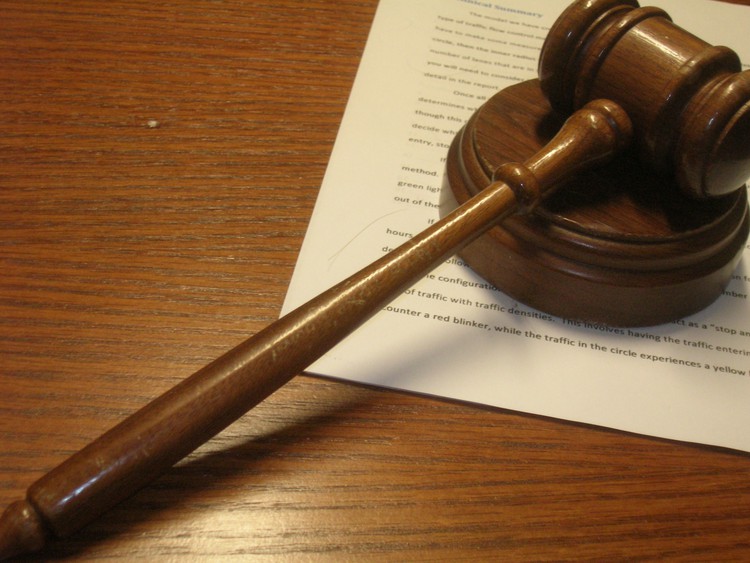When the president appointed a panel without women
The legal profession is far from transformed
Women are severely under-represented in the higher echelons of the legal profession.
On 22 October, the office of the President issued a statement announcing the appointment of an Advisory Panel to interview for the Head of the National Prosecuting Authority (NPA). The panel will be chaired by Energy Minister Jeff Radebe. It consists of seven people, all men.
The statement said the panel has met to confirm its mandate and to decide how to complete its work.
When all the members of this panel sat in the room and looked around; did they question where the women were? Did none of them raise this as a concern? If they represent different stakeholders, did any of them see it appropriate to suggest nominating a woman for the panel? Does this profession not have worthy women?
This is not an isolated incident. It’s yet another demonstration of the lack of gender transformation or even awareness of gender in the legal space. In 2015, during the biggest class action this country has seen, out of nearly 40 counsel involved, only three were black while every single senior counsel was white and male. Very few women were part of the legal teams. An article in GroundUp stated that 98% of the attorneys were white men.
More recently, questions were raised on social media on the composition of the legal team from South Africa that partnered with Lawyers for Human Rights (Zimbabwe) to represent MDC leader Nelson Chamisa in his bid to challenge the country’s national election results in the Zimbabwean Constitutional Court.
In July 2018, the Commission for Gender Equality (CGE) published its long-awaited report on gender transformation in the judiciary and the legal profession. The report — which has now been gazetted – emanated from a complaint lodged by the Democratic Governance and Rights Unit and Sonke Gender Justice about the obvious slow pace of gender transformation in the judiciary. Sonke and DGRU pointed out between 2009 and 2012, when 110 judicial positions were up for grabs, only 24 women were appointed.
In the CGE report, the latest statistics on gender representation were revealed. Only 35% of permanently employed judges are female. In its first 20 years the number of women on the Constitutional Court bench remained unchanged; 2 out of 11. It is only in 2016 and 2017 that two more female judges were appointed.
Gender representation at the bar is even worse. Only 27% of the bar is female. The CGE also canvassed 12 of the country’s biggest firms and found that 80% of the chief executives were white men, as were 72% of all managing partners.
I am reminded of Viola Davis’ 2015 Emmy acceptance speech when she said, “The only thing that separates women of colour from anyone else is opportunity … You cannot win an Emmy for roles that are simply not there.” The same message bears repeating in this context. The only thing that separates women – black woman in particular – and men, is opportunity and consideration.
It seems that our profession is great at paying lip service to the idea of gender transformation, but there really isn’t a concerted effort to think about gender representivity at every occasion.
What we need urgently is to move from paying lip service to the practical application of gender equality, and this can only be achieved if all institutions of the state – including the president — uphold and implement the true values of our Constitution. We should not in 2018 have an all-male panel selecting key positions for the NPA. How are we to trust that this committee will ensure proper consideration of female candidates? How are female candidates to feel before a panel made up exclusively of males?
Gender equality is intrinsically linked to sustainable development and is vital to the realisation of human rights for all. The overall objective of gender equality is a society in which women and men enjoy the same opportunities, rights and obligations in all spheres of life. In a young democracy where there is scope for unequal laws being made and interpreted to the detriment of so many women, the legal profession remains in great need of transformation.
Views expressed are not necessarily GroundUp’s.
Support independent journalism
Donate using Payfast

Don't miss out on the latest news
We respect your privacy, and promise we won't spam you.
Next: Ramaphosa announces gang task force for Hanover Park
Previous: Knysna fire victims blame slow response for tragedy
Letters
Dear Editor
The fact that certain minorities, genders, and so on, are disproportionately represented on boards, at universities, or within government, is a fact that is frequently taken as indicting bias against one or another group of people. While that may be true, it isn't necessarily so; correlation and causation are different, and distinguishable.
The conflation of these two items is used all too frequently, indicating either deliberate ignorance of the difference, or as a deliberate socio-political strategy.
© 2018 GroundUp.
This article is licensed under a Creative Commons Attribution-NoDerivatives 4.0 International License.
You may republish this article, so long as you credit the authors and GroundUp, and do not change the text. Please include a link back to the original article.

